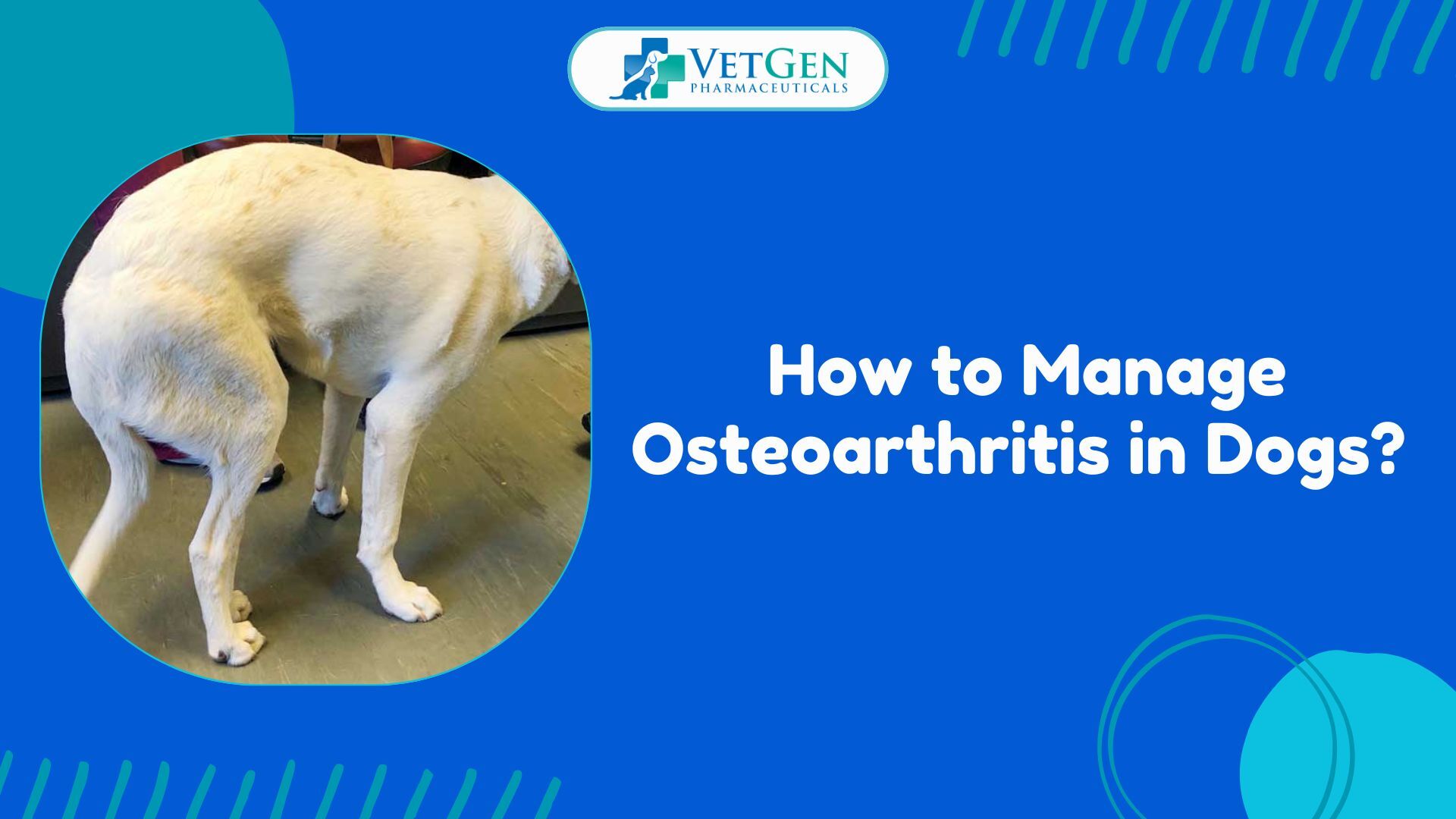Our pet friends may start to develop a variety of age-related health problems as they get older. Arthritis is a common disease that many senior dogs suffer from. It is a painful condition that leads to joint stiffness and inflammation.
However, there are quite a handful of treatments and therapies that can help with canine arthritis treatment. We’re going to discuss all of them in detail today.
Signs and Symptoms of Dog Arthritis
As dogs become older, we start keeping an eye out for potential conditions like arthritis. It is difficult to prevent or treat arthritis; it just becomes worse with time. Dog joints develop growths on the margins of the bones and naturally lose cartilage. Additionally, the tissue that envelops the bones gets denser.
Either an injury or age can result in arthritis. Additionally, it may hurt and make it more difficult for your dog to move.
Some signs and symptoms that your dog has developed arthritis include:
- Stiffness when moving
- Having trouble getting up and down
- Reduced interest in playing or walking
- Swollen joints
- Decreased mobility
Innovative and Effective Treatments for Canine Arthritis
There are a few effective new treatments for canine arthritis that can help relieve your dog’s pain.
1. Stem Cell Therapy
Stem cell therapy has grown in popularity within the past ten years to treat dog arthritis. The body uses stem cells to regenerate itself. Being biological “blank slates,” they can change into almost any kind of cell, including skin, muscle, neuron, bone, tendon, or ligament. Every organ in the body contains them as well.
The procedure for stem cell therapy in dogs is quite simple. Adult stem cells, or somatic stem cells, can be extracted from bone marrow or adipose tissue. It is more common to use fat tissue since it is simpler to get it from dogs.
In comparison to a spay, harvesting the fat is far less intrusive. It is typically extracted from the lumbar area, shoulder, or falciform ligament, which is a fatty ligament that connects the liver to the body wall. After a 20-minute procedure under general anesthesia, the fat is taken to a lab to be processed into a substance known as stromal vascular fraction (SVF).
When the SVF is ready, the vet will give anesthesia to the dog and inject it into the injured joint or joints; it could also be injected directly into the bloodstream. Usually, any SVF that is left over is kept for use in later procedures.
However, undergoing anesthesia to remove adipose tissue carries some risk, much like any surgery. But stem cell therapy is usually highly safe. Additionally, there is very little chance of immunological reactions with SVF because it is made from the dog’s own cells.
2. Cold Laser Therapy
Low-intensity light is used in cold laser therapy as a medical method to stimulate cellular function and facilitate healing in damaged tissues. Cold lasers are entirely safe and painless for the patient, as they emit light at a wavelength and intensity that do not damage or destroy cells, in contrast to hot lasers used in surgical operations.
Since cold laser therapy can penetrate skin to target places like wounded soft tissues and arthritic joints, it can have therapeutic effects.
The interaction between the laser light and the cells produces a number of beneficial effects. First off, it improves blood flow to the injured area, speeding up the healing process by supplying vital nutrients and oxygen to the damaged tissues.
Second, the laser activates the cells’ mitochondria, which are the powerhouses that supply energy to the cells. This increase in cellular energy drives cell metabolism and protein synthesis, which results in tissue regeneration and repair.
Although stem cell therapy is still the most common therapeutic option, vets might suggest cold laser therapy as a supplement in certain circumstances. It is suggested to wait one month after stem cell therapy before beginning any laser therapy to prevent any interference. These two canine therapies work together to give pain relief to your dog suffering from arthritis.
3. Hydrotherapy
Hydrotherapy is a treatment that uses water to help your dog heal from pain. It is beneficial for dogs suffering from ailments like arthritis. Your dog’s suffering joints can move and heal more easily with the help of this therapy. It functions by utilizing buoyancy, resistance, viscosity, and hydrostatic pressure.
Your dog’s buoyancy in the water eases the strain on its joints as it heals from arthritis. Additionally, it has anti-inflammatory properties of its own.
It is safe and allows for muscle lubrication to use a pool that is heated to 90 to 95 degrees. Consequently, the muscles and joints loosen up and the swelling goes down. The cells get their oxygen from warm water. It increases muscular mass to fortify the arthritis-affected area.
Within the first three days of being immobile, your dog starts to lose muscular mass. It’s crucial to keep your pet active with hydrotherapy even if they have arthritis. A licensed hydrotherapist is able to identify and treat affected areas. By doing this, you can protect your dog from injury and ease its pain.
4. Regenerative Medicine
Regenerative medicine for arthritis seeks to replace the damaged tissue with healthier tissue in order to cure the underlying problem. It makes use of the patient’s own tissues and cells, which are abundant in growth factors.
Examples of these include amniotic fluid, platelets, and stem cells. These cells have the potential to decrease inflammation and encourage the growth of new, healthier cells when injected into arthritic joints. Compared to surgical procedures, regenerative medicine can offer longer-lasting pain relief and quicker healing.
Conclusion
Dogs are frequently affected by arthritis, which primarily affects their joints as they age. In dogs, stiffness and trouble getting up and down are two of the most common signs of arthritis. Supplements and NSAIDs can reduce pain. Additionally, other methods including physical therapy, exercise, and weight management can help lower inflammation and improve mobility. Your dog may benefit from complementary therapies like acupuncture, hydrotherapy, and laser therapy. Consult your vet to get the appropriate treatment for your dog.
Frequently Asked Questions
How is canine arthritis usually treated?
Dog arthritis is frequently treated with medication. However, a wide range of alternative therapeutic approaches are beneficial. See your veterinarian as soon as possible if you think your dog may have arthritis. After confirming the diagnosis, they can assist you in determining the best course of action. Occasionally, your dog may require multiple treatments to achieve relief.
What physical therapy can help relieve arthritis pain in dogs?
You can enroll your dog in a recognized physical rehabilitation course. These programs set targets according to the demands of dogs. However, your dog’s veterinarian may also instruct you on how to carry out specific workouts at home, like light walking and swimming.






